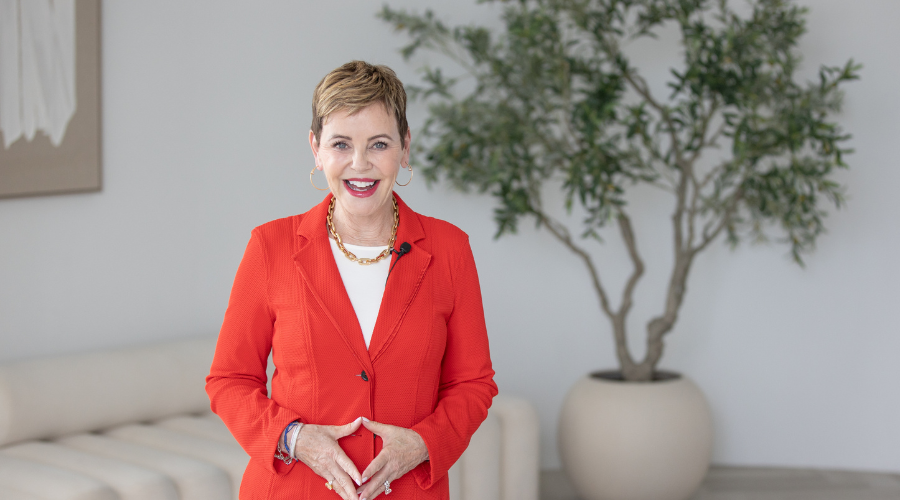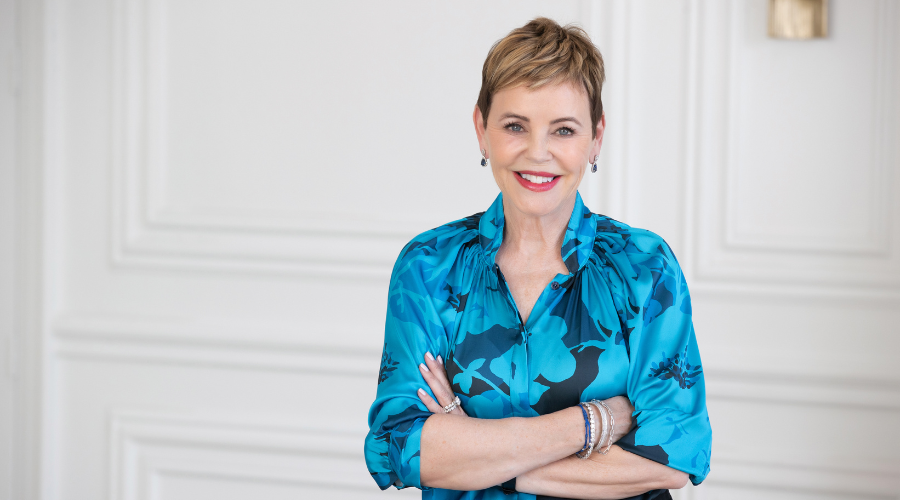In the recent Federal budget more attention is paid to women than ever before. It is the first gender-analyzed budget Canadians have known. A CBC talking head gushed that the word “gender” appears in this budget 358 times.
With an aging population, the Canadian economy is starting to feel the deleterious effects of losing experienced skilled workers. RBC reckons there would be a $150-billion increase to our economy if there were equal numbers of men and women in the workforce.
From where I sit, the federal government is missing two important elements in their gender-analyzed budget, and that’s the rocket speed at which female baby boomers entered the workforce and how prepared they are today to leave it. As Armine Yalnizyan, senior economist at the Canadian Centre for Policy Alternatives, tweets “Over the past 40 years women of childbearing age (25-44) have seen the biggest increase in employment rates, 57 per cent increase, from 50 per cent of the population of 25-44 year old women to 78 per cent.”
If you think about it, these are startling numbers: a 57 per cent increase in forty years. “In 1957, labour force participation among women was 27.1 per cent. That rate has grown steadily to near 80 per cent. But it has levelled off over the last decade, with women’s workforce participation still trailing that of men by nine percentage points. Women as a reserve army of labour is finished,” Yalnizyan states. I believe she’s right.
When today’s older adult women entered the workforce, during these last 40 years, we were trailblazers. The majority of our mothers stayed home to raise the kids and keep house. We were searching for something more, something we thought would be more satisfying, and more exciting. An entire generation of women jumped headlong into the workforce, often to the detriment of their personal lives and that of their family’s. Not everyone is eager to give it up when turning 60 or 65.
My first real job was in the 1970’s. I was lucky enough to land a position as a member of parliament’s assistant in the House of Commons in Ottawa. At the time, women M.P.s were few and far between. Judy LaMarsh, a Liberal cabinet minister left politics for the CBC after Pierre Trudeau came to power. There were only two prominent women, Conservative Flora MacDonald and New Democrat Pauline Jewett, when I worked in the House.
Few, if any at the time, considered women capable of winning or holding the highest position in the land. (We still haven’t had a female prime minister that lasted more than six months.)
As a young women, I was intrigued by LaMarsh, MacDonald and Jewett, but the more I observed them –the more I searched for any woman I could model myself on– the less likely I wanted to emulate these three.
The problem was they were all without partners or children. Yes, they’d blasted through huge barriers to get to where they were, but my generation of women wanted more than a career. We also wanted a life.
And so we worked so hard our heads were spinning for decades. We married, had kids, stayed at work until the day we went into labour and, in some cases, brought our newborns to the office. I’ll never forget the publisher at Quill & Quire, the magazine where I worked in the 1980s, bringing her six-week old infant to work. She edited, breast fed the baby and managed an office of unruly young writers and editors. She was, by all accounts, superwoman, and the rest of us wanted to be just like her.
What the new budget forgets –or dismisses—is that older women can’t or don’t want to leave the workforce after sacrificing so much to get there. We, too, need incentives to stay in place, on a full or part-time basis. We can provide role models for the younger generation and we want to pass on our hard-won experience to younger women — which includes finding a work-life balance that doesn’t invite burn out.
Although businesses owned by women will receive extra support in this budget, there’s nothing to specifically address the financial needs of retirement age women, who can’t afford to retire. Or those women who don’t want to. After spending a lifetime in the workforce, many of us aren’t ready to drop out. Cold turkey retirement may not be the best strategy for senior women and why should it be expected of us to vacate the workplace in droves when we have so much to offer and did so much to build the economy?
Kiplinger’s magazine puts it this way: “A lot of Baby Boomer women, now ages 53 to 71, are in an odd spot. Attitudes and expectations about what they hoped to accomplish with their finances aren’t exactly matching up with reality. Sure, ‘the times they were a-changin’ as those little girls were growing up — with better education and career opportunities — but that didn’t necessarily work out for everyone quite the way they expected.
And so, here we are today, with a generation of women facing retirement; some without the resources they — and society — likely anticipated.”
There are hard and fast reasons why baby boomer women might not be ready to retire. First of all, during our careers, women were paid less than men. Second, we often left work for a time to raise our kids, accumulating smaller pensions and savings; and third, the majority of women are just beginning to invest for themselves. Figuring out how to provide a stable financial safety net during retirement takes time.
It’s short sighted of the government to focus only on initiatives for younger women without taking into account the needs or wants of older women. After all, we vote too.































